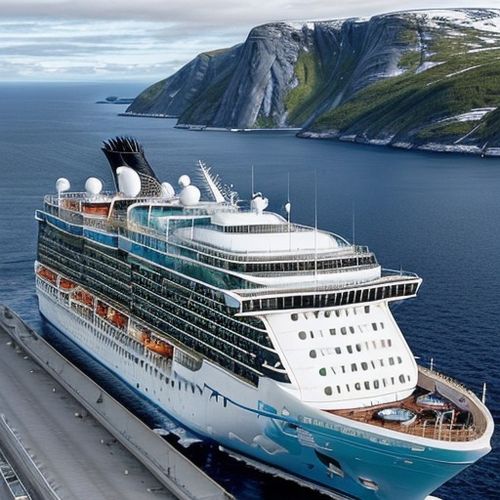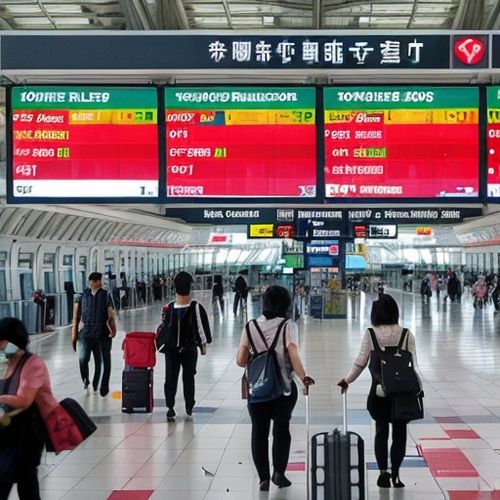The global tourism industry has witnessed a remarkable rebound in 2024, with several countries not only recovering but surpassing their pre-pandemic visitor numbers. This resurgence signals a renewed confidence among travelers and a significant shift in tourism dynamics worldwide. The latest data reveals fascinating trends about which destinations have emerged stronger and why they’ve become magnets for post-pandemic travelers.
Europe’s tourism revival has been nothing short of spectacular. Countries like Greece, Portugal, and Croatia have reported visitor numbers that exceed their 2019 figures by significant margins. Greece, in particular, has seen a 15% increase compared to pre-pandemic levels, with its islands remaining perennially popular while mainland destinations like Thessaloniki gain traction. Portugal’s clever marketing of its "365 Days of Sunshine" campaign and Croatia’s capitalizing on its Game of Thrones filming locations have paid dividends. These nations benefited from early reopening strategies, competitive pricing, and targeted marketing to specific demographics.
Across the Atlantic, Mexico and the Dominican Republic have become standout performers in the Americas region. Mexico’s diverse offerings—from Cancun’s beaches to Mexico City’s cultural riches—have attracted 22% more visitors than in 2019. The Dominican Republic’s focus on all-inclusive resorts and streamlined visa policies has made it the Caribbean’s fastest-recovering destination. Interestingly, while the United States has seen strong recovery in cities like Miami and Las Vegas, its overall international visitor numbers remain slightly below pre-pandemic levels due to lingering visa processing delays.
The Middle East presents perhaps the most surprising success story of the post-pandemic era. United Arab Emirates, particularly Dubai, has shattered tourism records with a 30% increase over 2019 numbers. This growth stems from aggressive marketing, world-class infrastructure, and strategic events like Expo 2020 (held in 2021-2022) that created lasting buzz. Saudi Arabia’s ambitious Vision 2030 tourism projects are beginning to bear fruit, with visitor numbers now 18% higher than before COVID-19. The region’s ability to quickly adapt to new travel trends—such as remote work visas and luxury medical tourism—has given it a competitive edge.
Asia’s recovery has been more uneven, but several nations stand out. Thailand removed all entry requirements early in 2023 and has since seen a flood of returning visitors, particularly from Europe and India. Vietnam’s tourism numbers now sit 12% above 2019 levels, driven by its affordability and improved air connectivity. Japan, while slower to reopen, experienced an unprecedented surge once restrictions lifted, with 2024 numbers slightly exceeding its pre-pandemic golden year of 2019. These Asian destinations benefited from pent-up demand and their reputations as value-for-money destinations during global inflationary pressures.
Several factors explain why these countries outperformed others in the tourism recovery race. Early and clear communication about reopening plans gave them first-mover advantage. Many invested heavily in tourism infrastructure during the pandemic downtime—upgrading airports, expanding hotel capacity, and improving digital visa processes. There’s also been a noticeable shift in traveler priorities, with visitors placing higher value on outdoor experiences, cultural authenticity, and flexible booking policies—qualities these leading destinations have effectively highlighted in their marketing.
The economic impact of this tourism boom cannot be overstated. In Greece, tourism accounts for nearly 30% of GDP, and the record numbers have provided much-needed economic stability. Dubai’s tourism sector has created over 100,000 new jobs since 2022 to accommodate the surge. However, this rapid growth hasn’t come without challenges. Overtourism concerns have reemerged in places like Bali and Barcelona, while labor shortages in the hospitality sector persist across most recovering markets. Sustainable tourism practices have become a focal point for many of these destinations as they balance economic benefits with environmental and social impacts.
Looking ahead, industry analysts predict these frontrunner nations will continue to set the pace for global tourism recovery. Their success stories offer valuable lessons for other destinations still working to regain their pre-pandemic visitor levels. The countries that have thrived share common traits: agility in adapting to new traveler expectations, investment in visitor experiences, and strategic marketing that highlights their unique offerings in a crowded global marketplace. As the world moves further beyond the pandemic shadow, these tourism recovery champions are writing the playbook for resilience in the face of global crises.

By Rebecca Stewart/Apr 7, 2025

By Sophia Lewis/Apr 7, 2025

By Emily Johnson/Apr 7, 2025

By Laura Wilson/Apr 7, 2025

By David Anderson/Apr 7, 2025

By Benjamin Evans/Apr 7, 2025

By William Miller/Apr 7, 2025

By Emma Thompson/Apr 7, 2025

By Benjamin Evans/Apr 7, 2025

By Noah Bell/Apr 7, 2025

By Elizabeth Taylor/Apr 7, 2025

By George Bailey/Apr 7, 2025

By Olivia Reed/Apr 7, 2025

By Ryan Martin/Apr 7, 2025

By George Bailey/Apr 7, 2025

By Laura Wilson/Apr 7, 2025

By Laura Wilson/Apr 7, 2025